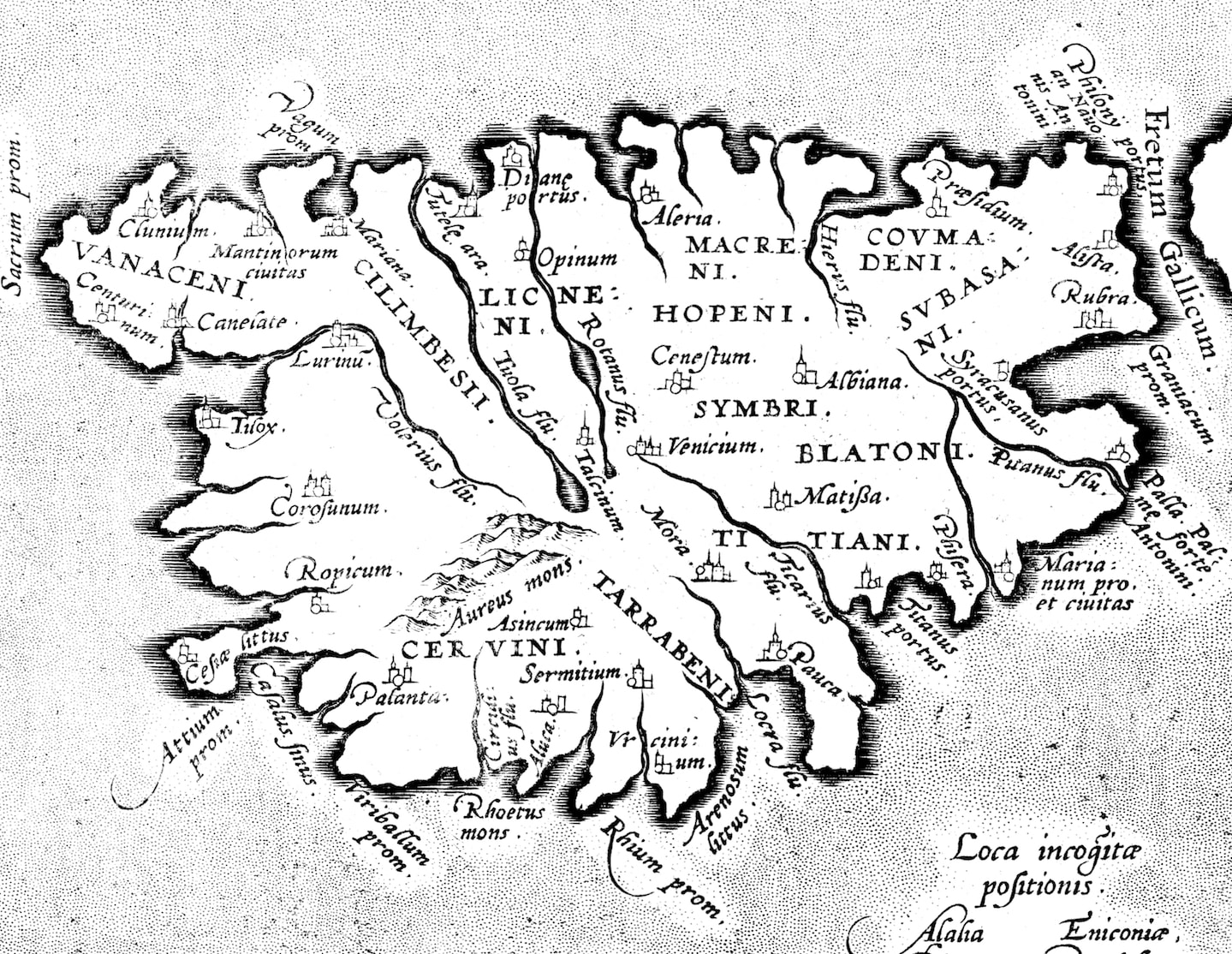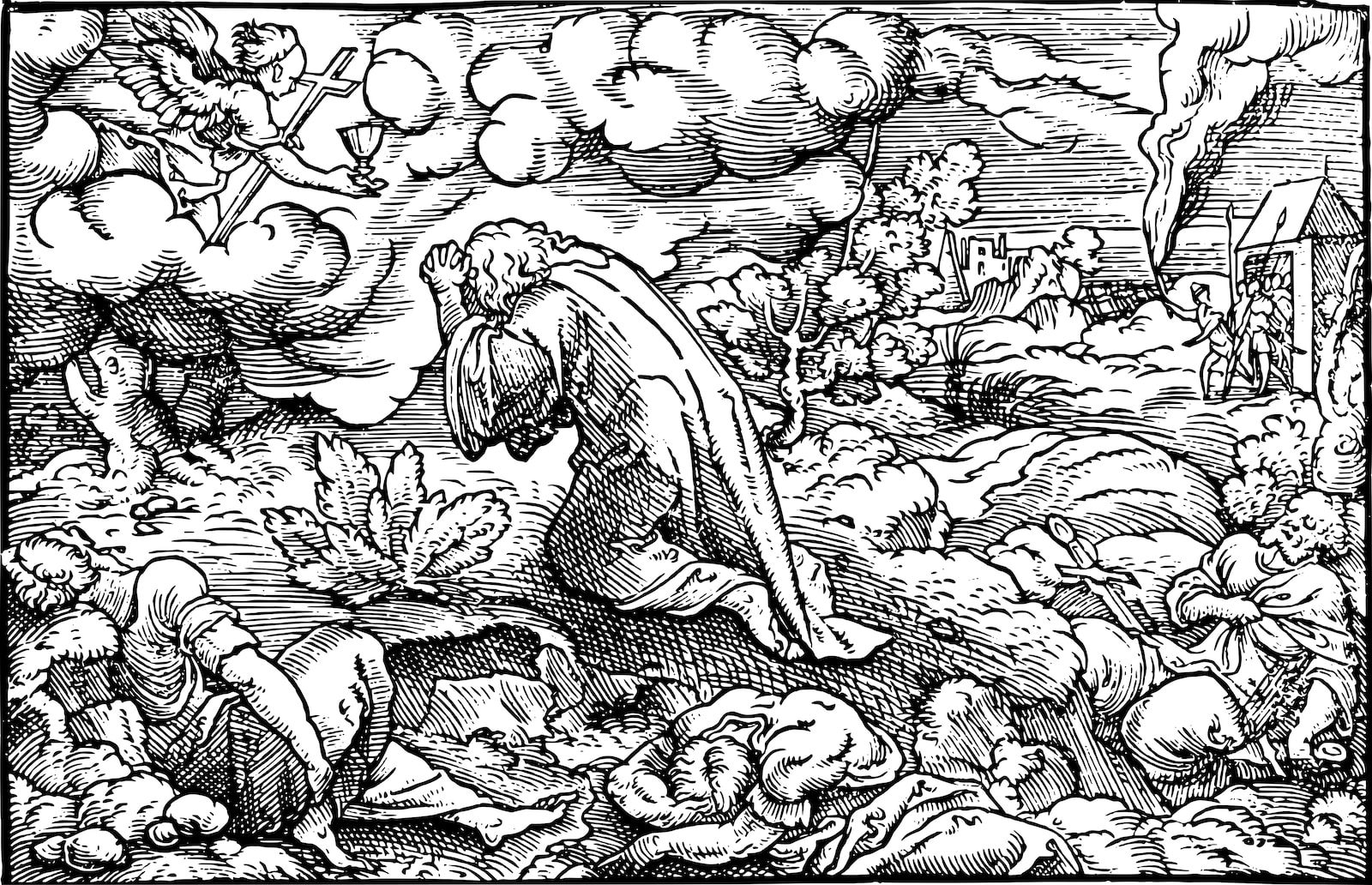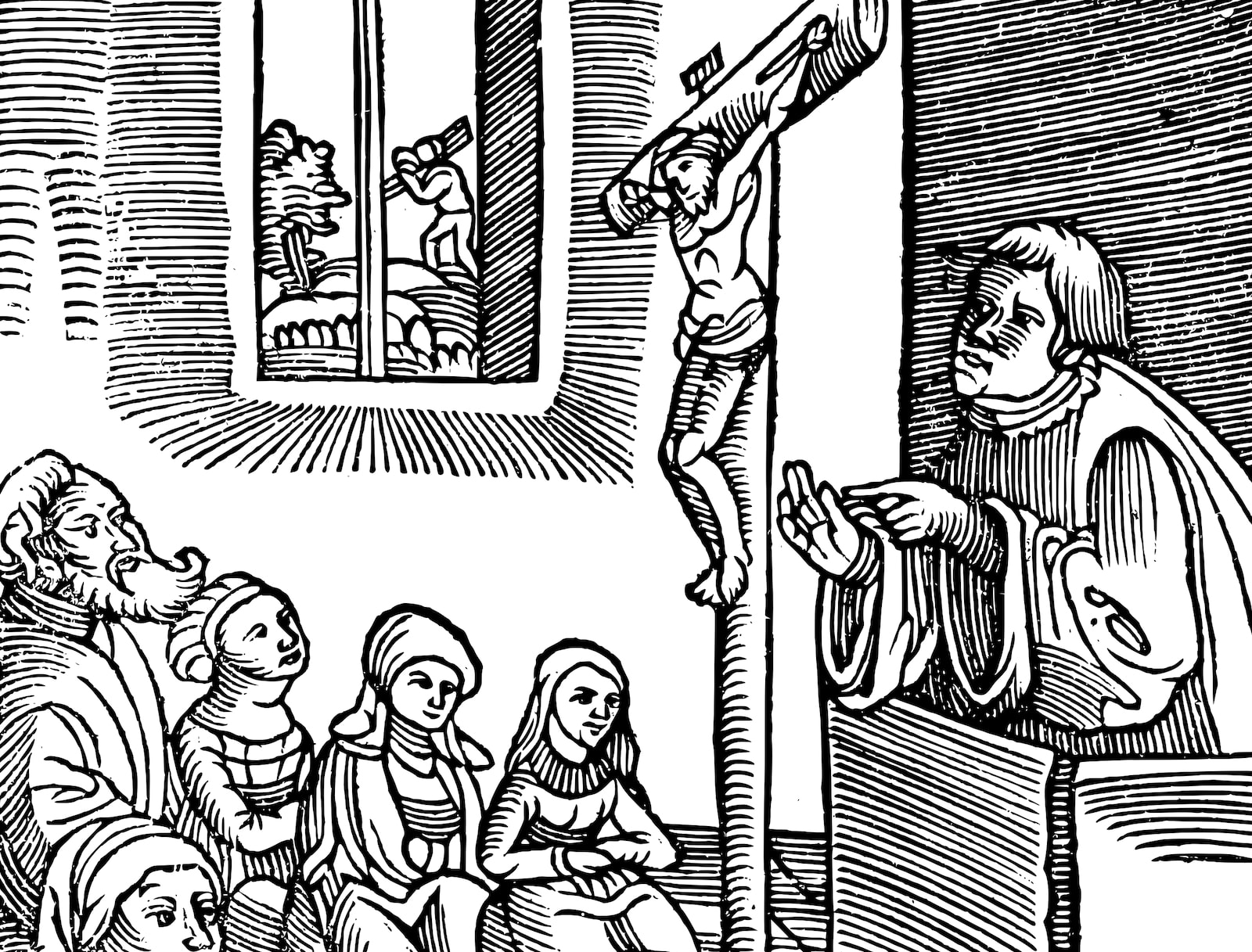In The Benedict Option Rod Dreher calls on American Christians to develop a distinctive culture to survive today’s culture wars. His model, drawn from a passage in Alasdair MacIntyre’s After Virtue, is Benedict of Nursia’s monastery, Monte Cassino, in sixth-century Italy, although Dreher insists that he does not mean this as a call for contemporary Christians to “flee to the hills!”
The obvious difference between our situation and that of sixth-century Italy is that Benedict founded Monte Cassino in 529 in a Europe where cities were shrinking or disappearing, international trade was growing smaller and the unity of much of Europe established by Roman arms and Roman law was imploding.
An age more like our own would be a world in which Europe is uniting from Spain to Germany in the face of a growing Islamic threat. Burgeoning international trade and finance capitalism influence business and politics. In this world a small group of committed Christians attempt to restore the Christian faith and a Christian society. That time, of course, was sixteenth-century Europe. The Holy Roman Empire seemed on the verge of uniting Europe. Banking houses, like the Fuggers in Germany and the Medici in Italy, influenced politics by lending money to businesses and states all over Europe. Wittenberg was a small city, far from the mainstream of European intellectual, religious and financial life. It was less like Rome and Paris in those days or New York and London today and more like contemporary Casper, WY or Hillsdale, MI.
What happened in small, isolated Wittenberg changed the history of Germany, Europe, and the Christian Church. Frederick the Wise, head of Electoral Saxony, had enriched the city with what he could buy: a massive collection of religious relics and a new university. Philosophy was the prestigious subject. In the thirteenth century Thomas Aquinas had formulated a synthesis of medieval Christianity and ancient philosophy, especially Aristotle’s. After his death, brilliant thinkers like Duns Scotus and William of Occam developed and undermined the Thomist synthesis. Universities taught Thomas and Scotus, the “old way” (via antiqua) or Occam and Gabriel Biel, the “new way” (via moderna).
When Luther began lecturing on the Bible in Wittenberg in 1513, the via antiqua was taught by eight scholastics, Thomists, and Scotists. Luther was a curricular reformer before he became a religious reformer. He moved Wittenberg towards classical Christian education, what they called studia humanitatis and we call Humanism. He converted the leading Thomist, Andreas von Carlstadt, to Humanism. He persuaded the Elector Fredrick to create a chair of Greek, which was filled by the most brilliant Humanist in Germany, young Philipp Melanchthon. Melanchthon’s inaugural address in 1518 defended the necessity of mastering both Greek and Latin as the basis for a true liberal arts education in philosophy and history before going on to the professions of theology and law. “This caused the development of an entirely new school, in which the restoration of Latin, Greek and Hebrew and the teachings of the church Fathers were to be studied in the original languages in which they were written,” noted Ernest G. Schwiebert.1
These curricular reforms turned Wittenberg into the Gold Standard for humanist, classical Christian education in Germany. People noticed. The student body grew in a few years from about 200 to almost 600. It was hard to find rooms large enough for Melanchthon’s and Luther’s lectures, with Luther’s enrollments reaching 400 and Melanchthon’s 500 to 600.
We live after Adam Smith and Karl Marx, and so we believe that enterprises need a solid financial basis. Wittenberg’s university not only taught a curriculum distinctively different from what other German universities were offering, its faculty included the bestselling author in Europe. Until 1517 that author had been Erasmus, whose elegant and often ironic Latin works appealed to educated elites all over Europe.
That changed in 1518. In that year, and for the rest of the sixteenth century, Europe’s bestselling author was Martin Luther. His German explanation of the 95 Theses, the Sermon on Indulgences and Grace, went into 26 editions from 1518-1520. Before 1517 Luther was a popular teacher who published little. In the five years that followed 1517, he published 160 works. A third were composed in Latin for scholars and the cultured elite. Two thirds were in German, mostly short and pithy explanations of what Christians could learn from taking the Bible seriously. By the end of 1522, 828 editions of these German works had appeared. By 1530 there were 1,245 more. Scholars have estimated there were over 2 million individual copies of Luther’s works in print.
The book trade was transformed. Before 1518 printed books tended to be expensive and in Latin, like the Gutenberg Bible. Most of Luther’s writings were short pamphlets, eight or sixteen pages, published in the quarto format the size of our paperbacks. They were composed in clear and vigorous German. People who could not afford a Gutenberg Bible could afford these short pamphlets. Northern Europeans got used to reading short works on serious themes.
Luther’s success created a problem. Wittenberg had one publisher with one press, who churned out texts for the university. Luther complained of his slowness and misprints. He could not handle the number and variety of Luther’s writings. Publishers in Leipzig or Basel reprinted them in careful and attractive editions. Luther wanted his works published in Wittenberg in editions of high scholarly and artistic quality. He had an important ally, Lucas Cranach, who was equal parts fine artist and canny businessman. Cranach got the younger son of the major publishing house in Leipzig to start a printing house in Wittenberg. Cranach provided space for his press and even purchased a paper mill to guarantee inexpensive paper for both publishers. Another business partner oversaw the distribution of Luther’s works. Soon another four printers transferred to Wittenberg. This was important because, after the Diet of Worms in 1521, Luther was declared an outlaw, who could not safely leave Electoral Saxony.
Wittenberg became Germany’s leading publishing city. Luther continued to compose books in Latin, like The Bondage of the Will, but most of his works were short and affordable. They had a distinctive look, due to Cranach’s artistic and business sense. Cranach used the new technique of wood cuttings to provide artistically attractive title pages for Luther’s publications. For instance, his painting of “Law and Gospel” depicted significant scenes and figures from the Bible to illustrate this key Lutheran contrast. He then rethought and redesigned the painting to decorate the title page of Lutheran books.
In the middle of these woodcuts was a square or rectangular space for the title at the top and the year of publication at the bottom. Under the title Luther’s name was prominently displayed and above the publication year the place name, Wittenberg (Wuittembergae, zu Wittenberg). That gave the stamp of authenticity to the work. Publishers in other German cities caught on. Their customers were demanding authentic Lutheran writings from Wittenberg with their distinctive title pages. Reprints of Luther’s books in other German cities started to feature wood cuttings on the title page, although without Cranach’s artistic distinction. Publishers in other cities often put “Wittenberg” on the title pages of their reprints. As Luther’s ideas and insights spread over Germany and Europe, Wittenberg’s publishing industry created many jobs and a solid business basis for a new Christian society.
Rod Dreher urges Christians to build a distinctive Christian culture to survive the oppression and cultural isolation of the coming decades. The best model for doing this, however, is not building a monastery on Monte Cassino. It is the development of a distinctive Christian culture from classical education to business and art in sixteenth-century Wittenberg. That little city had an excellent university and a successful publishing industry that spread the Gospel and encouraged literacy with attractive books. Luther, a Biblical exegete, wrote for other scholars in Latin and for a rising urban middle class who read German. Cranach was a painter and artisan, but also a shrewd entrepreneur. By living their Christian vocations, they became God’s instruments in shaping a new, creative and economically sound Christian society in a hostile world. If today’s Christians need encouragement in preserving and creating a healthy Christian culture in our increasingly secular society, they do not have to study in a large university in a big city. They can look at the story of tiny, isolated Wittenberg in the sixteenth century. The route to a creative, free, and Christian future will come from learning the story of our ancestors and remaining loyal to their legacy. Classical Christian education is a key part of that story.
End Notes
1 Ernest G. Schwiebert, The Reformation, II: The Reformation as a University Movement (Fortress: Minneapolis, 1996) 457




